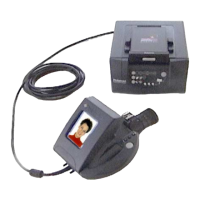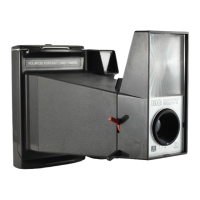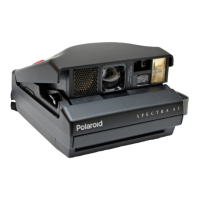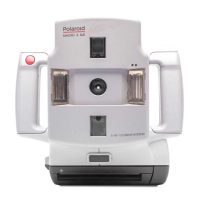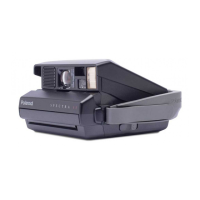LIGHTING
Exposure
for
daylight pictures
is
controlled by
an
electric
eye
that automatically sets the
lens opening·and shutter speed
according to the
light condi-
tions
it
"sees" in the scene.
The kind of
light and the direc-
tion
it
comes from have
an
important effect
on
the
quality
of your pictures.
Two
lighting rules to remember
for
daylight pictures:
• Try to have the light fall
on
the
subject from behind you, or
from the side.
• Try to take pictures where the
lighting
on
the scene is even -
about
as
bright
on
the back-
ground
as
on
the subject.
Excellent lighting conditions for
outdoor pictures of
people are
found
on
bright, hazy days, or
when a
cloud covers the sun.
Another good
light is bright open
shade - for
example, next to a
building
on
a sunny day with
nothing overhead to
block the
light from the sky.
v ' " -
· -·" ·
).
... I;,
If the background is a large part
of the picture, and the
light
on
the background is brighter than
the
light
on
the subject, the elec-
tric
eye
wi
11
set the correct expo-
sure
for
the background. Then
the subject
will
be
too dark. Move
in
close to your subject
so
the
background
light will have little
effect
on
the exposure setting.
If the background is a large part
of the picture, and the back-
ground
is
much darker than the
subject, the
electric
eye
will set
the correct exposure for the back-
ground.
The
subject will
be
too
light. This time, move
in
close to
make your subject darker.
If you want a lighter or darker
picture of the same subject in
the same spot without changing
location or lighting, adjust the
Lighten/ Darken
control.
Turn it
so
more white shows (top,
left) for a lighter picture,
so
more
black shows (bottom, left) for a
darker picture.
18

